What is Baking Powder and Its Properties?
Baking powder, a common household item, is frequently touted as a simple and inexpensive solution for teeth whitening. However, understanding its properties is crucial before considering it for this purpose. It’s essential to know precisely what you’re putting on your teeth and how it interacts with your enamel and gums. Baking powder is a leavening agent, typically composed of sodium bicarbonate (baking soda), an acidifying agent (like cream of tartar), and a drying agent (like cornstarch). When mixed with water and exposed to heat, the sodium bicarbonate reacts, producing carbon dioxide gas. This process is what causes baked goods to rise. The key to understanding its use in teeth whitening lies in its chemical composition and abrasive nature. Proper use of baking powder involves recognizing its potential benefits while also considering its limitations to protect oral health.
The Chemical Composition of Baking Powder
The primary component of baking powder, sodium bicarbonate, is a mild abrasive. Its basic nature helps neutralize acids, which can contribute to enamel erosion. The acidifying agent in baking powder reacts with the sodium bicarbonate to release carbon dioxide, which can help to lift surface stains. Understanding the interplay of these components is essential. The abrasive quality can remove surface stains, which is often perceived as whitening. The other ingredients help to stabilize the powder and control the reaction. This detailed understanding of baking powder’s composition is vital for assessing its suitability for teeth whitening. Additionally, knowing what else is mixed with the sodium bicarbonate helps understand how effective it may be at whitening teeth.
How Baking Powder Works
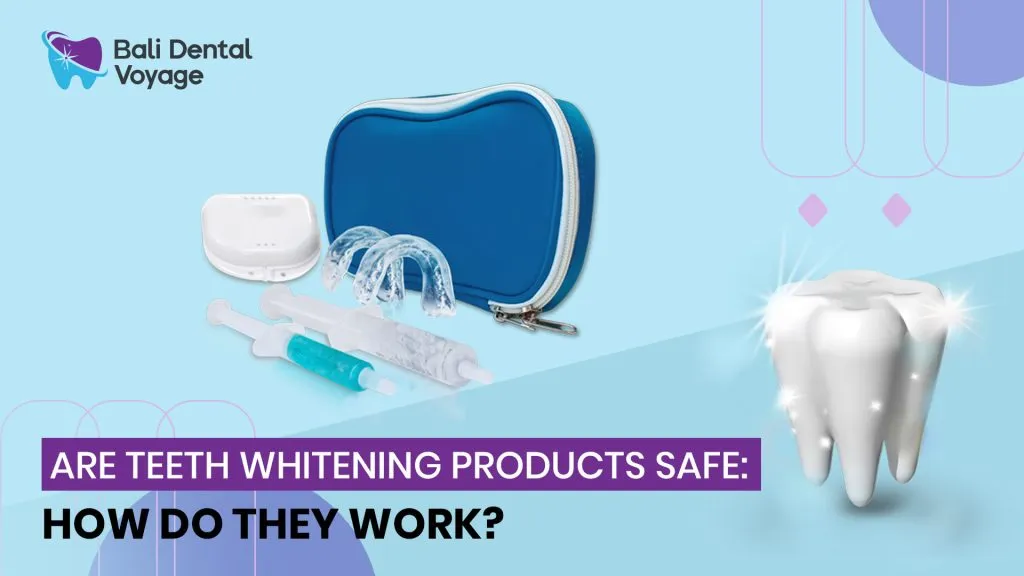
Baking powder’s effectiveness in teeth whitening is primarily due to its abrasive properties. When brushed onto the teeth, the small particles of sodium bicarbonate help to scrub away surface stains caused by foods, drinks, and tobacco. The carbon dioxide produced by the chemical reaction can also help to lift stains. However, this process is not a bleaching action. It is a mechanical removal of stains, unlike professional whitening treatments that use bleaching agents to alter the color of the enamel. Furthermore, the effectiveness varies based on the type and severity of the stains, as well as the concentration and frequency of use. Proper brushing technique is essential to avoid any harm to the teeth and gums. It is important to avoid over-brushing. This helps reduce the risk of damage to teeth and the gums.
Baking Powder’s Abrasive Nature
The abrasive nature of baking powder is a double-edged sword in teeth whitening. While it can effectively remove surface stains, it can also erode the enamel if used improperly or too frequently. Enamel is the hard, protective outer layer of the teeth, and its erosion can lead to increased sensitivity, tooth decay, and discoloration over time. The abrasiveness level of baking powder is relatively mild compared to some other abrasive substances, but consistent use can still wear down the enamel. The degree of abrasion depends on several factors, including the particle size of the baking powder, the pressure applied during brushing, and the frequency of use. Therefore, understanding and managing the abrasive nature is critical. Proper brushing technique is essential to minimize any negative effects.
The Mechanics of Baking Powder Whitening
The mechanics of how baking powder whitens teeth involves a combination of abrasion and mild chemical reactions. As the baking powder is brushed across the teeth, it physically scrubs away stains and deposits on the enamel surface. Simultaneously, the sodium bicarbonate helps neutralize acids, which can help remove certain types of stains. This combination provides a surface-level cleaning action that may give the appearance of whiter teeth. This process does not change the inherent color of the tooth enamel, but it removes external factors that make teeth appear dull or stained. The results of baking powder whitening, therefore, are typically more modest compared to professional whitening treatments. The effects depend on the types of stains present and how consistently the baking powder is used.
How Baking Powder Whitens Teeth
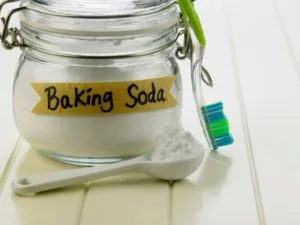
Baking powder removes stains and deposits from the tooth surface via its abrasive properties. The process essentially polishes the teeth, making them appear cleaner and brighter. Baking powder doesn’t alter the color of the enamel at a molecular level. It is a physical cleaning action, as opposed to a chemical one. For surface stains, this method can be effective; however, it is less effective for intrinsic stains. These stains are deep within the enamel or dentin. This distinction is essential for understanding the limitations of baking powder in the context of teeth whitening. The method works best on extrinsic stains. These are caused by external factors like food, drinks, and smoking.
The Role of Abrasion in Whitening
Abrasion is central to baking powder’s whitening effect. The abrasive particles in baking powder physically remove the stains and deposits that have accumulated on the enamel surface. This process helps to reveal the natural color of the teeth. While abrasion can lead to a brighter smile, the abrasive nature also poses risks. Excessive or improper use can erode the enamel, leading to tooth sensitivity and other dental issues. Therefore, the role of abrasion in teeth whitening requires careful consideration. Proper brushing technique and frequency are crucial for balancing the benefits and risks. Patients must be aware of the potential harm to the enamel, especially if they are heavy-handed when they brush their teeth. This is very important for safety.
Baking Powder and Enamel Erosion
Enamel erosion is a significant concern when using baking powder for teeth whitening. The abrasive nature of baking powder can wear down the enamel over time, leading to a host of dental problems. Enamel is the hardest substance in the human body, but it is still susceptible to damage from abrasive substances. Erosion of the enamel can expose the underlying dentin, which is softer and more porous. This can cause increased sensitivity to hot and cold foods and drinks. Furthermore, enamel erosion makes the teeth more vulnerable to decay and staining. It’s therefore essential to use baking powder with caution and moderation to minimize the risk of enamel erosion. Dental professionals recommend using alternative whitening methods to prevent this from happening to your teeth.
The Risk of Enamel Damage
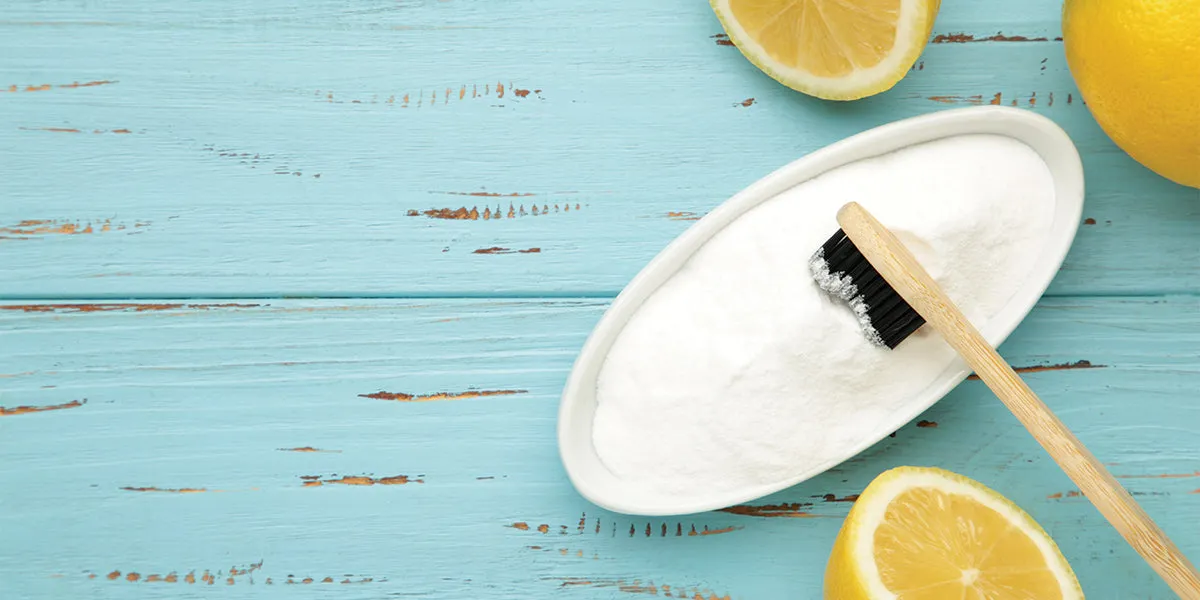
The risk of enamel damage is the most significant drawback of using baking powder for teeth whitening. As mentioned, the abrasive action of baking powder can gradually wear away the enamel, resulting in irreversible damage. This damage may not be immediately noticeable, but over time it can lead to increased sensitivity, tooth decay, and discoloration. Enamel erosion also makes the teeth more prone to staining because the porous dentin underneath becomes more exposed. Factors such as brushing technique, the frequency of use, and the pressure applied during brushing all influence the extent of enamel damage. Individuals using baking powder must be vigilant in their oral hygiene practices to minimize this risk. This includes using a soft-bristled toothbrush and brushing gently.
Sensitivity and Gum Irritation Risks
Besides enamel damage, baking powder can also cause tooth sensitivity and gum irritation. As the enamel erodes, the underlying dentin becomes exposed, which contains tiny tubules that lead to the nerve of the tooth. This exposure can lead to increased sensitivity to hot, cold, and sweet foods and drinks. Baking powder’s abrasive nature can also irritate the gums, causing redness, swelling, and even bleeding. Individuals with existing gum problems, such as gingivitis or periodontitis, may experience more severe irritation. Proper brushing technique and dilution of the baking powder can help to mitigate these risks. However, if sensitivity or irritation occurs, it’s crucial to stop using baking powder and consult with a dentist. They can find out what is wrong.
The Safe Use of Baking Powder for Teeth Whitening
If you decide to use baking powder for teeth whitening, doing so safely is crucial. Safe usage involves understanding the potential risks and taking steps to minimize them. The key lies in moderation, proper technique, and awareness of any adverse effects. It is essential to be informed and follow the advice of dental professionals. Using baking powder should not replace regular dental check-ups and cleanings. It is important to consider it as a supplement to your oral hygiene routine, not the primary method of whitening. The long-term effects on your oral health need to be considered carefully. This is essential for making the correct decision.
Dilution and Frequency
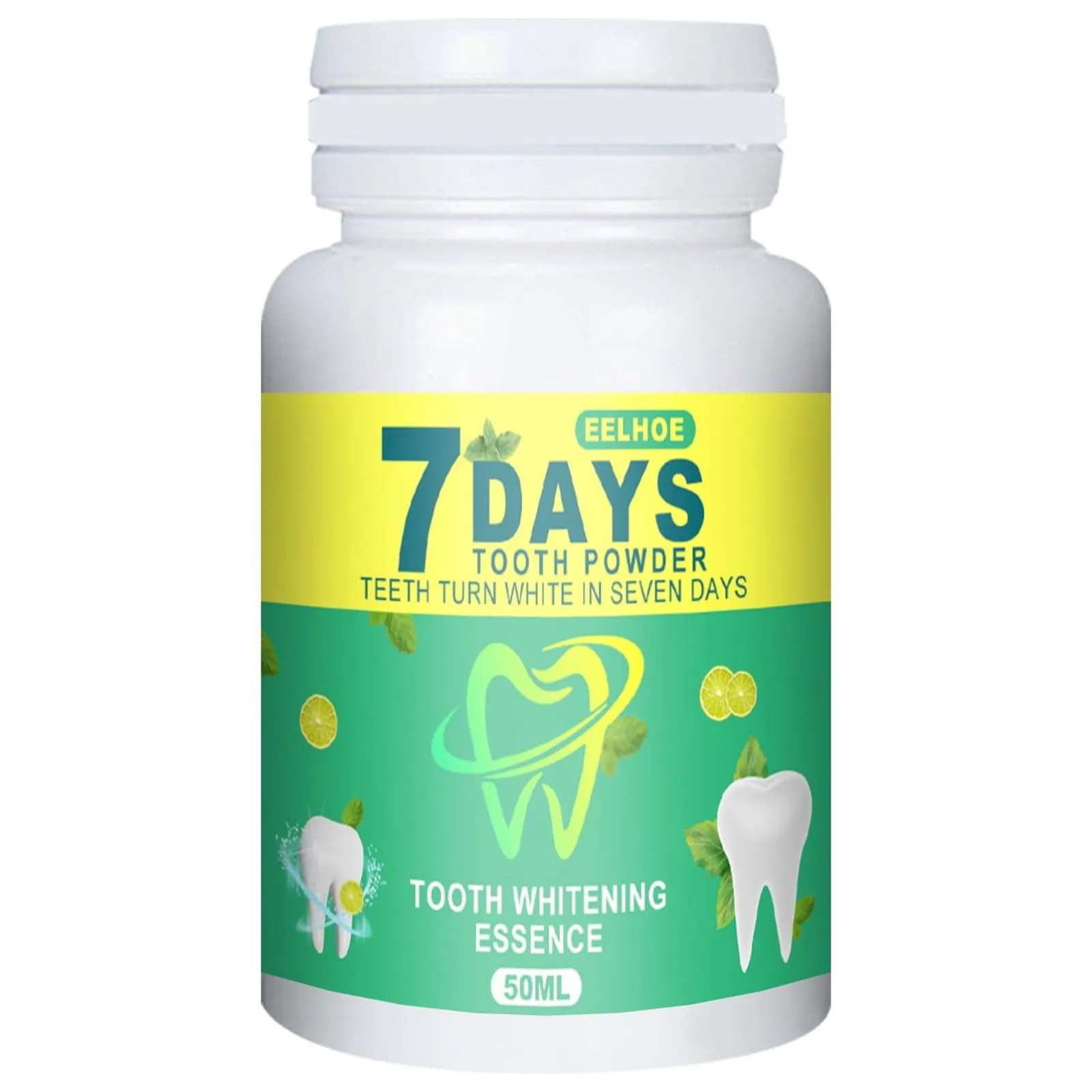
Dilution and frequency are critical components of using baking powder safely for teeth whitening. The concentration of baking powder should be low. It’s important to use a small amount mixed with water to form a paste. Over-concentrated solutions increase the risk of enamel erosion and gum irritation. Regarding frequency, it is best to use baking powder sparingly, ideally no more than once or twice a week. Frequent use significantly increases the risk of enamel damage. It is essential to pay close attention to how your teeth and gums respond. If you notice any sensitivity, irritation, or changes in the texture of your teeth, reduce the frequency or discontinue use altogether. Regular dental check-ups can help monitor the condition of your enamel.
Mixing with Other Ingredients
While some people suggest mixing baking powder with other ingredients, such as lemon juice or vinegar, to enhance its whitening effects, this is generally not recommended. Acidic substances like lemon juice can erode enamel even further, compounding the risks associated with the abrasive nature of baking powder. Similarly, vinegar is also acidic and can damage the enamel. These combinations can be more harmful than helpful. If you choose to use baking powder, it’s best to mix it with water only. This minimizes the risk of enamel erosion and other adverse effects. Consulting with a dentist before using any homemade whitening remedies is always advisable. This provides you with the correct advice from a professional.
Comparing Baking Powder to Other Whitening Methods
When considering baking powder for teeth whitening, it’s essential to compare it to other available methods. Various over-the-counter products and professional treatments offer different levels of effectiveness and safety. Understanding the pros and cons of each option can help you make an informed decision that best suits your oral health needs. The main advantage of baking powder is its low cost and easy availability. However, it is essential to consider its limitations and potential risks. In this section, we will explore some other options available for people to choose from.
Over-the-Counter Whitening Products
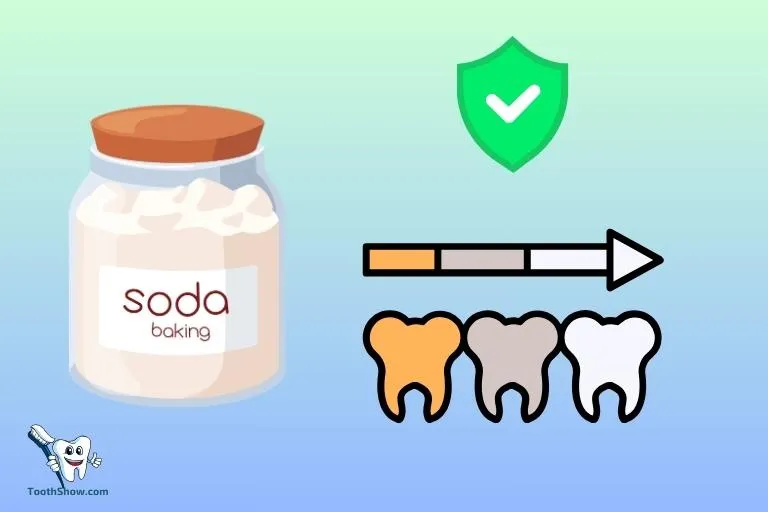
Over-the-counter (OTC) whitening products include whitening toothpastes, strips, and gels. These products typically contain low concentrations of hydrogen peroxide or carbamide peroxide, the active ingredients in professional whitening treatments. Whitening toothpastes often have abrasive agents to remove surface stains, similar to baking powder, but they may also contain mild whitening agents. Whitening strips and gels generally provide more noticeable results. They can penetrate the enamel to lighten the teeth. OTC products are generally safe when used as directed, but they may cause temporary sensitivity or gum irritation. Reading the product labels carefully and following the instructions is very important. It is wise to consult with a dentist if you have questions about the safety and suitability of these products.
Professional Teeth Whitening
Professional teeth whitening is the most effective and safest method for achieving significant whitening results. Dentists use higher concentrations of hydrogen peroxide, which penetrate the enamel more deeply to lighten the teeth. These treatments are performed under controlled conditions, minimizing the risk of enamel damage and gum irritation. In-office whitening can be completed in a single visit. It provides immediate results. Dentists can also provide custom-fitted trays for at-home whitening. This method ensures that the whitening agent is applied evenly and safely. While professional whitening is more expensive than OTC options or baking powder, it offers superior results and minimizes potential risks. Consulting with a dentist is recommended before whitening your teeth. They can determine the best course of action for your needs.
Expert Opinions on Baking Powder
The dental community generally expresses caution regarding the use of baking powder for teeth whitening. While it may provide some surface-level cleaning and stain removal, the potential risks of enamel erosion and gum irritation outweigh the benefits for many dental professionals. Most dentists do not recommend using baking powder regularly. They advise against it, especially without proper guidance and supervision. The expert consensus is that safer and more effective whitening methods exist. These methods do not pose the same risks to oral health. When assessing the use of baking powder, it’s critical to consider these expert opinions. The health of your teeth comes first. Professional advice should be the main point of reference.
Dentist Recommendations
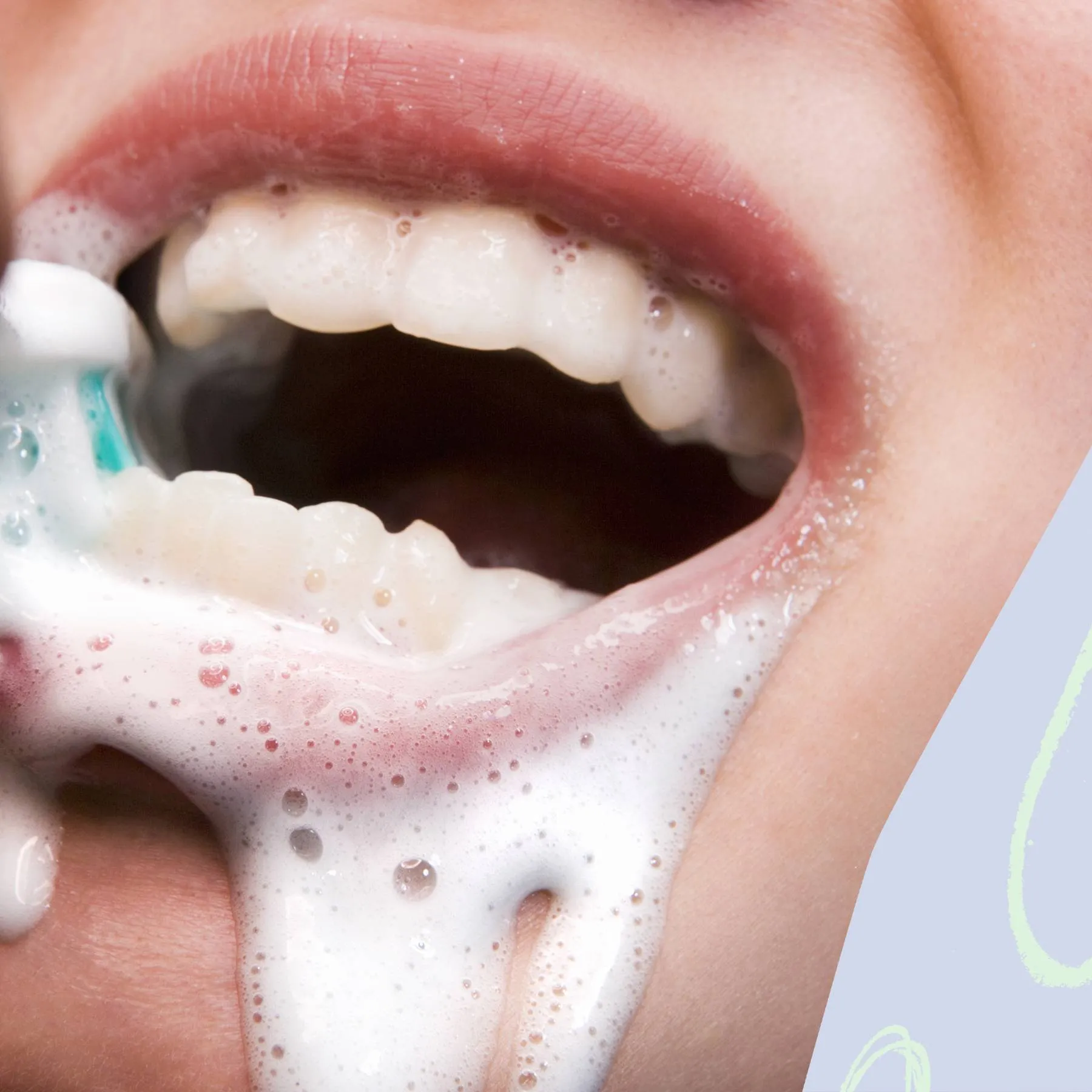
Dentists typically recommend against the frequent use of baking powder for teeth whitening. They often advise patients to opt for methods with proven safety and efficacy. Recommendations include using professional whitening treatments or over-the-counter products with dentist approval. Dentists can assess the condition of your teeth and gums. They can provide personalized advice based on your oral health needs. A dental professional is able to identify any existing issues. They can advise on appropriate whitening strategies. Regular dental check-ups are essential for monitoring the effects of any whitening method. This is very important for your oral health. They can intervene if needed.
The Importance of Dental Check-ups
Regular dental check-ups are crucial for maintaining oral health. They are especially important if you’re considering using baking powder or any other teeth-whitening method. During a check-up, your dentist can assess the condition of your teeth and gums, identify any existing problems, and provide personalized advice. They can also monitor the effects of any whitening treatments you’re using. They can detect any signs of enamel erosion or gum irritation. Dental cleanings, performed during these check-ups, also help remove surface stains. This helps brighten your smile. Dental professionals are the best source of information on safe and effective teeth whitening. They are always able to provide the best advice.
Alternatives to Baking Powder for Whitening
Several alternatives to baking powder provide safer and more effective ways to whiten your teeth. Understanding these options can help you make an informed decision about how to enhance your smile. From specialized toothpastes to professional treatments, a range of options meets different needs and preferences. It’s essential to consider your oral health. The best approach depends on your individual circumstances. This information helps you to identify the perfect teeth whitening method. There are several alternatives that you can choose from.
Whitening Toothpastes

Whitening toothpastes are a popular alternative to baking powder. These toothpastes often contain mild abrasive agents or low concentrations of hydrogen peroxide. The abrasive agents help remove surface stains, similar to baking powder, but are formulated to be less harsh. They may also contain chemical ingredients to whiten teeth. Whitening toothpastes are readily available over-the-counter and are easy to incorporate into your daily routine. The effectiveness varies depending on the specific product and the type of stains. It is best to choose toothpastes with the American Dental Association (ADA) Seal of Acceptance. This ensures that the product has been tested and meets specific safety and effectiveness standards. Always follow the product’s instructions and consult with your dentist if you have any questions.
Professional Treatments
Professional teeth-whitening treatments offer the most effective and safest results. These treatments, performed by a dentist, use higher concentrations of hydrogen peroxide. This achieves significant whitening in a short amount of time. In-office whitening provides immediate results. The dentist applies the whitening agent directly to the teeth. The process is carefully monitored to minimize any risks. Dentists also offer custom-fitted trays for at-home whitening. The dentist will make sure the trays fit your teeth. This ensures even application and reduces the chance of irritation. Professional treatments provide superior outcomes compared to over-the-counter products or baking powder. Consulting with your dentist is very important before pursuing teeth whitening. They can recommend the best solution for your individual needs and ensure the safety of your oral health.
In conclusion, while baking powder may offer a temporary whitening effect due to its abrasive properties, it poses significant risks to your oral health. Enamel erosion, sensitivity, and gum irritation are potential consequences of improper or excessive use. Considering safer and more effective alternatives, such as whitening toothpastes and professional treatments, is a better approach. Always consult with your dentist before starting any teeth-whitening regimen. They can provide personalized advice and ensure your oral health is protected. Prioritizing your oral health is key to a beautiful smile. It also means being aware of the risks and benefits of each teeth-whitening method.
